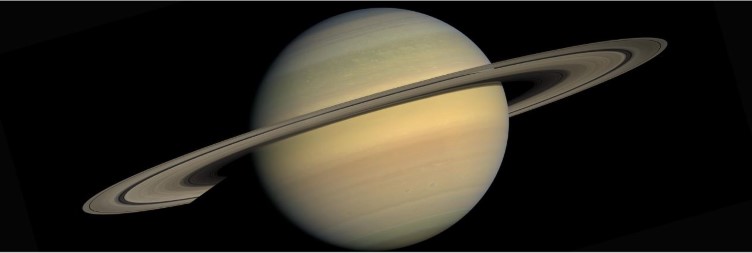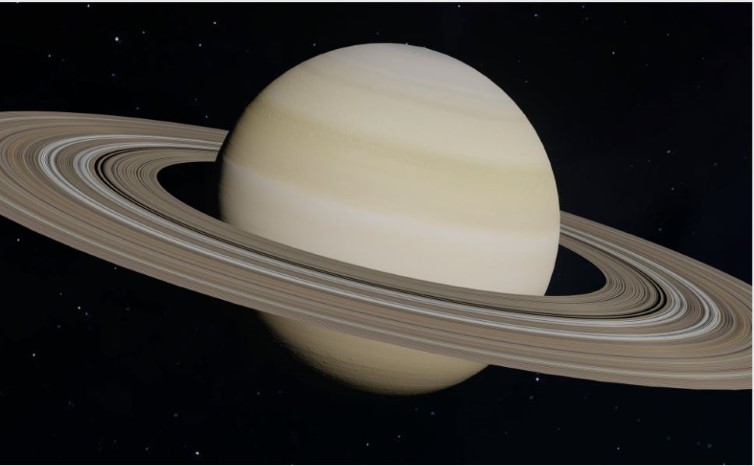Astrogazing – In awe of Saturn

In a recent article we wrote about Saturn entering oposition. Here is the continuation of that article in which we talk about what we can see on Saturn and its surroundings.
The planet itself is only interesting if you observe it with a slightly stronger telescope. Then, if the observation conditions are good, you can see that Saturn, like Jupiter, has belts that differ in brightness and color.
They are not as prominent as in Jupiter, but they are still there. Pay attention to Saturn’s surface and you may notice bright and dark spots on it. If you manage to see them, you will be able to follow the rotation of the planet.
Saturn rotates around its axis in 10 hours and 14 minutes (or 10 hours and 38 minutes at high latitudes). It is not a very easy nor fast job, but if you have patience you will succeed!
Saturn’s rings
The most beautiful thing is to observe are definitely the rings of Saturn. They were first seen by Galileo Galilei, but his modest telescope did not give a good picture and the famous scientist did not understand what he was seeing.
It seemed to him that Saturn was composed of three bodies. With a better telescope, the nature of Saturn was revealed and today there are thousands of books, dissertations, documentaries etc about them.
You at least need a pair binoculars to see the rings. Of course, it is better if you have a telescope with a magnification of 25 times or more. If the viewing conditions are good you may be able to see a crack, one or more between the rings.
Cassini (named after the astronomer Giovanni Domenico Cassini who first observed it) is 4,800 kilometers wide and is located between the A and B rings.
The rings have an unusual nature. Their diameter is as much as 480,000 kilometers, which is like from here to the Moon and another hundred thousand kilometers further (the average distance to the Moon is 384,400 km).
But the rings are extremely thin: from 10 to 1000 meters depending on the place of measurement. They consist mainly of lumps of ice water. Some of these lumps have a diameter of one meter, and the smallest ones are the size of a grain of sand.
The ring casts a shadow on the planet, so the whole system has a 3D appearance.

Saturn’s axis of rotation is tilted to the plane in which it moves around the Sun by 26.7 degrees, which is why Saturn has seasons. It completes its orbit around the Sun in 29.4 Earth years, and during that period we from Earth see this planet and its rings at different angles.
The last maximum tilt away from us was in March 2003, then towards us in 2016, and in March 2025 the rings will seemingly disappear because their plane will be directed towards the Earth. The rings will have their new maximum in 2033.
Saturn’s Moons
Saturn has over 100 natural satellites. It’s hard to know the exact number because it often increases as new ones are discovered.
Titan is certainly dominant in Saturn’s family, and it is also the most interesting. Astrobiologists adore it because it reminds them of the nature of our planet when life was born on it, nearly four billion years ago.
Titan is larger than Mercury and is the largest moon in the Solar System. The first is Jupiter’s Ganymede. The magnitude of Titan is 8.4, which is within reach of binoculars – like a bright dot.

